Looking for a good shade tree for the backyard without any hassles?
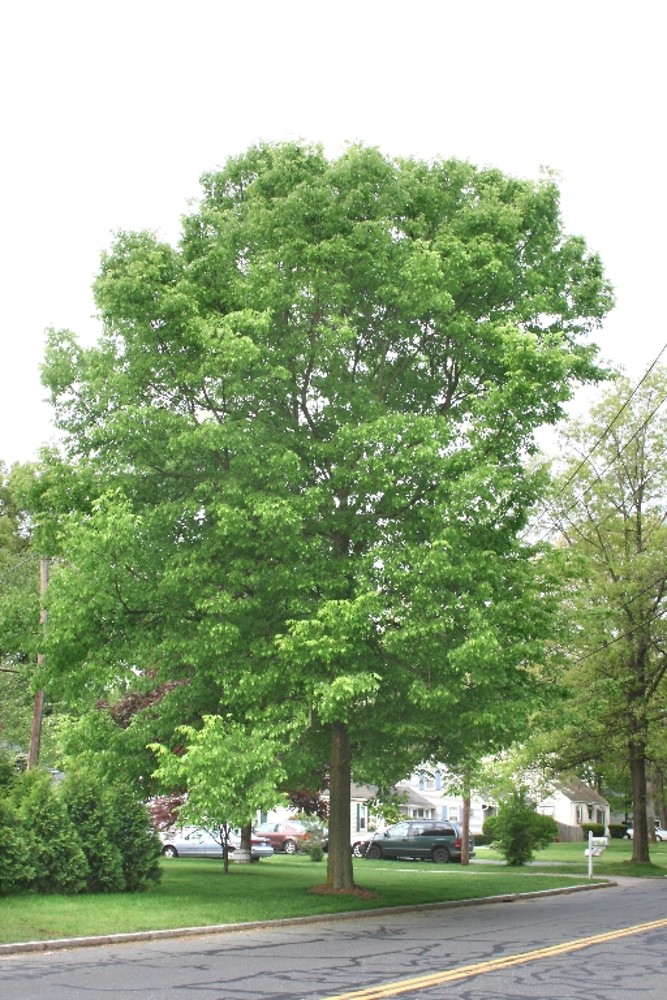
There are many proven trees that you can grow starting with the common hackberry. A medium-growing shade tree getting around 55 feet tall and 35 feet spread. The only drawback is the nipple gall which forms small nipples on the underside of the leaf. These insects do not harm the tree in any way. A good substitute for the American elm.
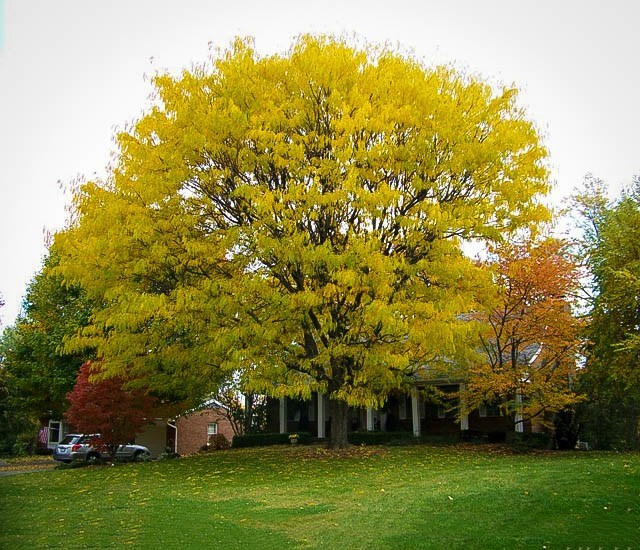
The honey-locust tree comes in many varieties with some not hardy. The common honey-locust tree used to have huge thorns and those pods. New varieties of this tree have bred these two bad traits out. Some good varieties are ‘Imperial”, “Shademaster”, and “Skyline”.
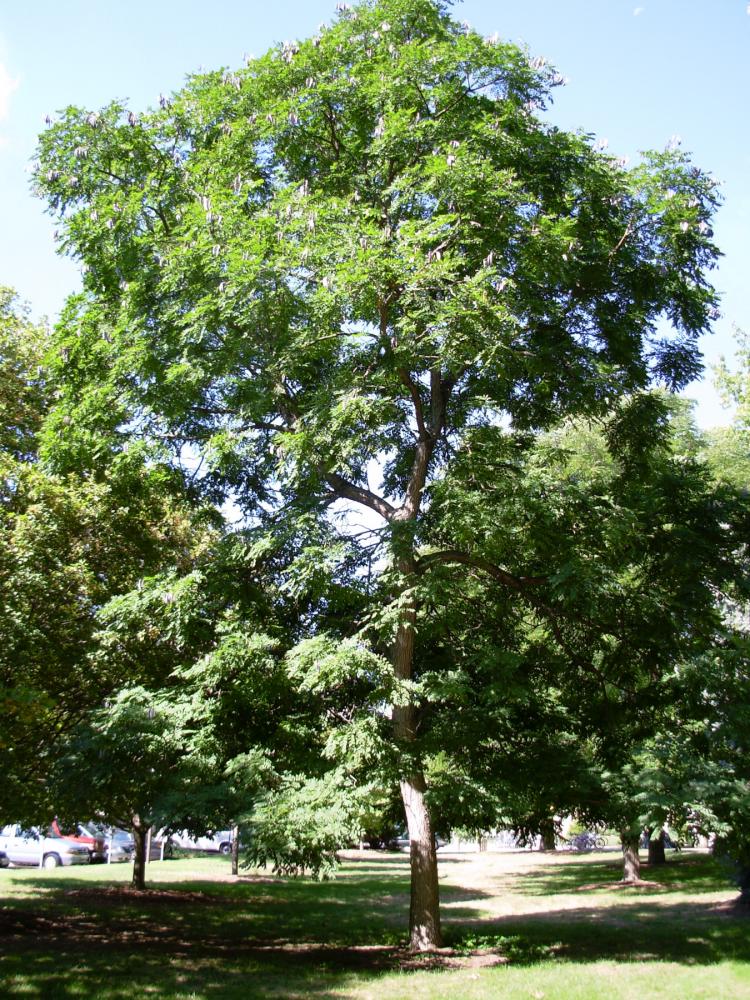
Kentucky coffee tree has an exceptionally large compound leaf like the honey-locust. Its best characteristic is the dark scaly bark providing winter interest. Drought tolerant and pest-free.
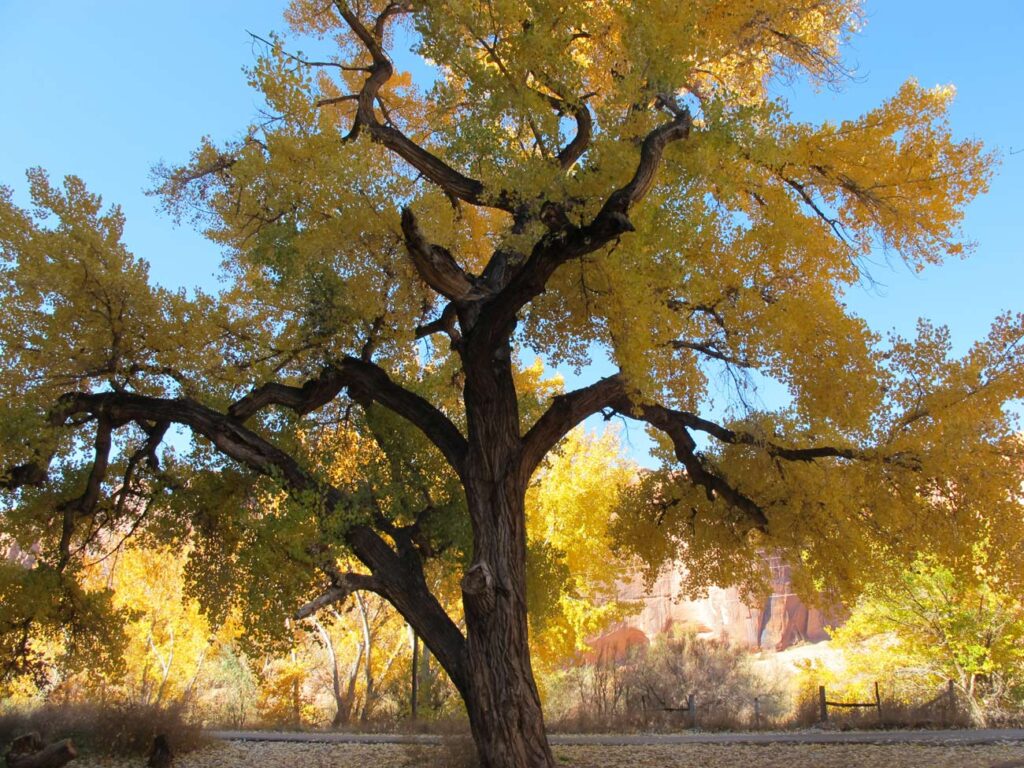
Where other trees can not be grown, there is always cottonwood (Popular). If you are going with a cottonwood tree, get the cottonless variety. Some good cultivars are Bigtooth Aspen, Quaking Aspen, and Northwest Poplar.
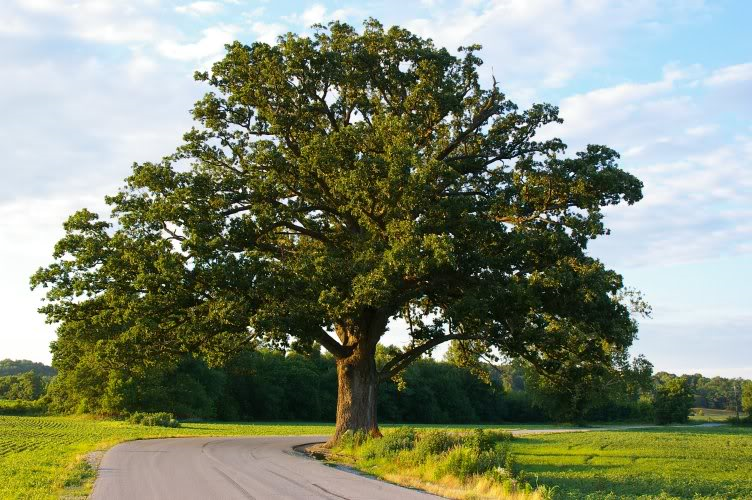
Bur oak is the only type of oak that can be planted in our alkaline soils. Its popularity is limited because of its taproot, so transplants must be small. This tree deserves wider popularity.
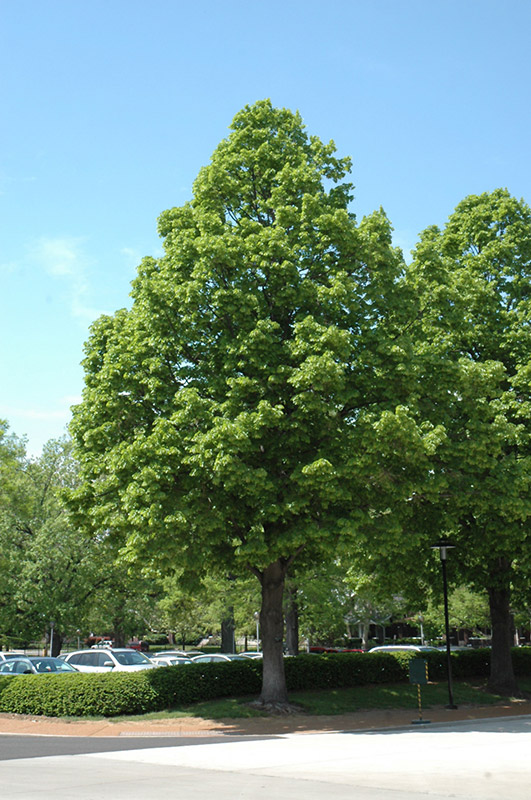
American linden is a large stately strong tree making for a great shade tree. It may get basal sprout like many lindens, however, just prune them off. It has nice yellow fall color. Some other cultivars are the little-leaf linden, Crimean linden, and bigleaf linden.
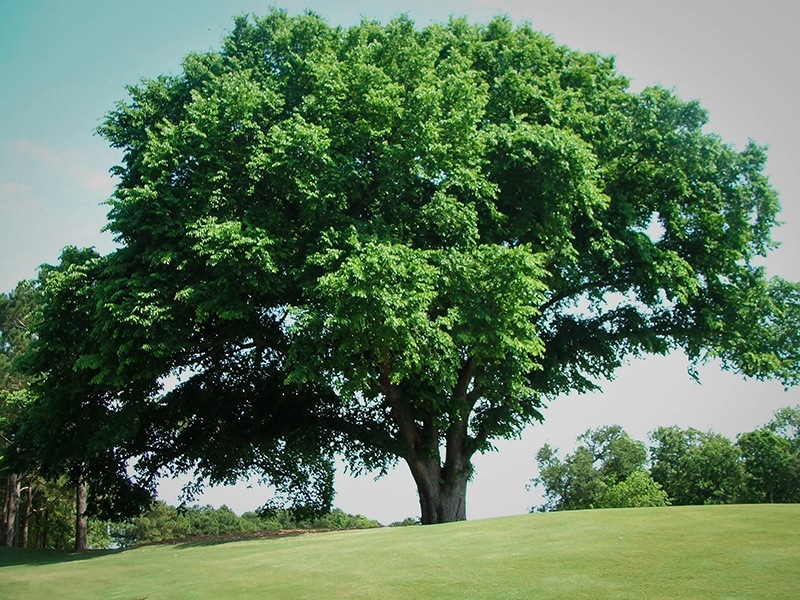
American elm was the most grown tree in the United States until the Dutch elm beetle invasion. There are now disease-resistant varieties deserving of planting. These shade trees grow over 45 feet tall with a widespread producing shade under the tree.
